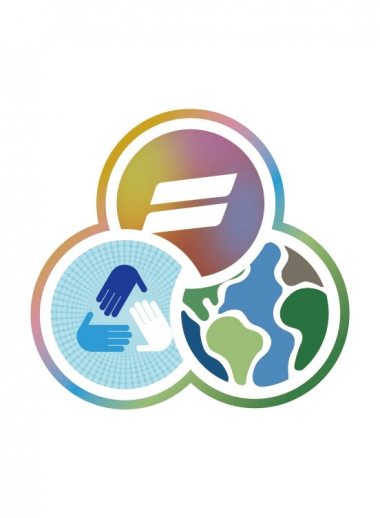II. The Benefits of Vector Tracing
Vector tracing has several benefits over traditional raster graphics. The most significant one is that vector graphics are resolution independent. Unlike raster graphics, vector graphics can be scaled to any size without losing quality. This makes vector graphics hugely valuable for large-scale projects like billboards or posters.
Another benefit of vector tracing is that vector graphics are made up of individual elements that can be easily edited and manipulated. This level of control and precision is crucial for design work and makes it possible to work on individual elements separately.

Finally, vector tracing makes it possible to manipulate the illustrations and graphics like never before. Designs can be colorized, resized, and moved, and multiple vector graphics can be combined into composite designs with ease, allowing graphic designers to experiment with color and form with no additional overhead required.
III. Use Cases for Vector Tracing
Vector tracing is widely used in several industries to create high-quality designs. It is particularly popular in graphic design, video game development, and animation, among others.
Graphic designers use vector tracing extensively to create logos, icons, and other graphics that need to be scalable without losing quality. It is also commonly used to create designs for business cards, brochures, and other printed materials.
In the video game development industry, vector tracing is used to create crisp, high-resolution graphics that can be easily incorporated into games. Vector graphics can also easily create character designs and animation frames, making it an excellent choice for 2-D games.
Vector tracing is also heavily used in animation because of its ability to work with individual elements to build complex designs, create movement, and animate illustrations. Animation studios can combine vector graphics with traditional animation methods or use it entirely to create unique designs and lighting effects.
IV. Beginner's Guide to Vector Tracing
If you're just starting with vector tracing, there are several things you should know. Firstly, you will need to choose software that meets your needs and budget. Adobe Illustrator and CorelDRAW Graphics Suite are two of the most popular vector tracing software available. Once your software is set up, you'll want to learn how to create basic vector graphics with simple shapes and lines, before moving on to more complex designs.
While creating your first designs, you should familiarize yourself with the different vector tracing tools. These tools allow you to modify, create and adjust the vectors. You'll also need to develop an understanding of color theory and how to choose suitable colors for your designs.
V. Vector Tracing vs. Manual Tracing
Vector tracing is widely preferred over manual tracing for graphic design and related fields. Manual tracing is time-consuming, costly, and requires great skill and experience to execute with accuracy.
Vector tracing, on the other hand, is a digital workflow, which means it's faster, easier, and far more accurate. It can replicate the design of even the most intricate illustrations down to even the smallest of details.
VI. Vector Tracing in the Future
Vector tracing technology is likely to evolve significantly in the future. Experts expect that future developments in machine learning and artificial intelligence could further automate the vector tracing process. Vector graphics software will also likely become more advanced, offering additional features and more efficient workflows.
In the fields of gaming and animation, real-time vector graphics could become the norm. Enhancements include real-time rendering, bright colors and more complex graphics that make games and animations even more appealing and realistic.
VII. Conclusion
Vector tracing is a vital tool for graphic designers and other creatives in today's digital world. It provides flexibility, precision, and resizability, allowing designers to create stunning and detailed designs that can be used in numerous applications. By providing significant benefits over traditional raster graphics, vector tracing is likely to continue its growth and dominance as the primary technology for vector graphics creation.
In conclusion, vector tracing has played a significant role in the evolution of digital art and graphics. As technology continues to advance, its importance is expected to grow even more substantially. With the ability to create scalable and versatile vector graphics, designers and artists can bring their ideas to life with heightened precision and speed. It's an exciting field that is transforming graphic design, gaming, and animation, and we can't wait to see where it will go in the future.



